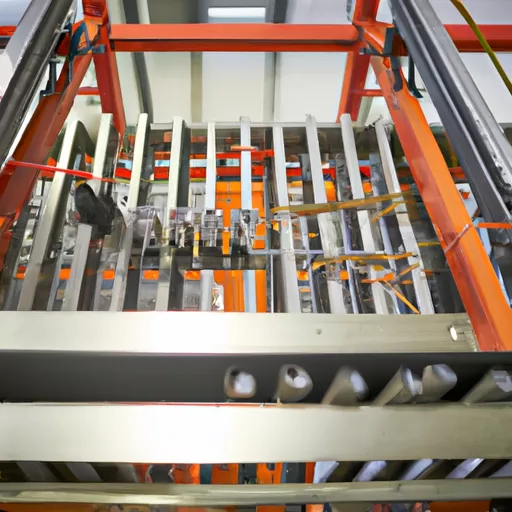
Caching is the process of storing data or resources on either the server or client side for reuse. It is one of the key mechanisms for improving the speed and performance of a website.
During a regular web page load, the browser sends a request to the server, which processes the request, generates a response, and sends it back to the browser. This process can take some time, especially with a large number of requests or if the server is overloaded.
Caching allows avoiding the reprocessing of a request on the server if the result of that request has been previously received and saved. Instead, the browser can load the response from the cache, which takes much less time and resources. This reduces the server load and improves the website's performance.
There are two main types of caching: server-side caching and client-side caching.
Server-side caching involves saving the results of requests on the server. With a subsequent request, the server can simply return the previously saved response without the need to process the request again. This is particularly useful for static resources, such as images, CSS files, and JavaScript. They rarely change and can be cached on the server for a long time.
Client-side caching involves saving data or resources on the user's computer. This data can be stored as cookies, local storage, or the browser cache. When the user revisits the website, the browser can load the resources from the cache instead of downloading them from the server.
To effectively utilize server-side caching, web developers can use HTTP headers such as "Cache-Control" and "Expires". These headers indicate to the browser how long the caching should be in effect. For example:
Cache-Control: public, max-age=3600 Expires: Thu, 01 Jan 1970 00:00:00 GMTThis header tells the browser to cache the resource for 1 hour. If the user revisits the website within this time frame, the browser will load the resource from the cache.
To effectively utilize client-side caching, web developers can use mechanisms such as cookies or browser local storage. For example, when a user logs into a website, their credentials can be saved as a cookie. Upon the next visit, the browser can automatically authenticate the user using the saved cookie, saving time for the user and server resources.
Effective cache utilization can significantly speed up website loading and save server resources. It is particularly beneficial for websites with a large number of static resources or high traffic. However, cache configuration should be carefully done to avoid issues with data updates or displaying outdated resources.
In conclusion, caching is an effective tool for improving website speed and performance. It saves server time and resources and enhances the user experience. Developers should carefully configure server-side and client-side caching to achieve maximum effectiveness.


